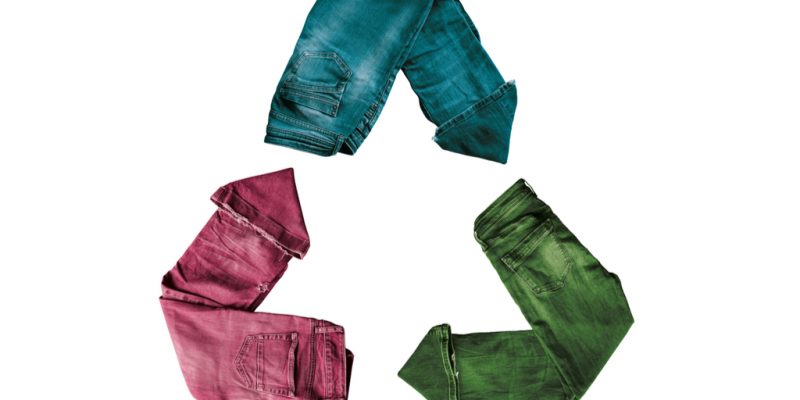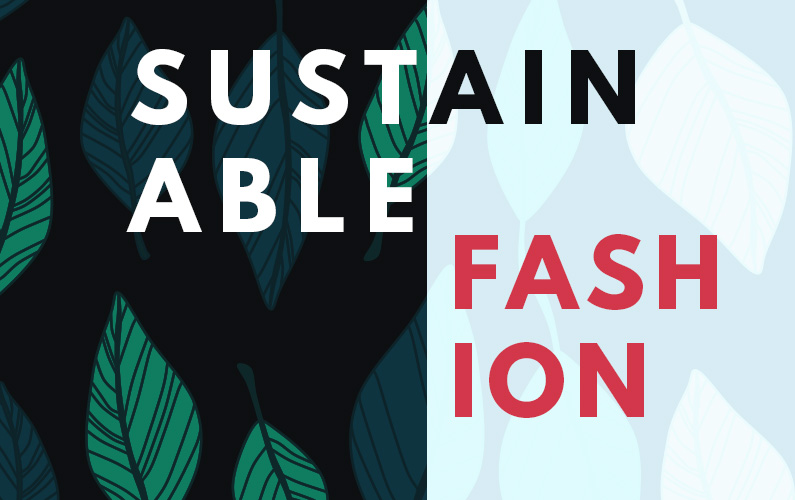What can we do as individual customers to make our fashion behavior more sustainable? We can do several things as customers, starting with the choices we make when buying new clothes, from how we take care of the clothes we already have to what we do with the clothes we no longer need. Here are some steps to be more environmentally friendly in your clothing habits and save some money in the process:
1. Don’t buy new things unless you need them. Shopping should not become a habit but a thoughtful choice. Reducing our consumption is one of the most important first steps. It is essential to make careful choices before we decide to buy new clothes. Perhaps something as simple as taking an inventory of what we have before deciding to go to the store and get something. One of the best rules is the “one in, one out” rule, where if something new is bought, something old must go out of the closet.
2. Become familiar with the idea of a “curated closet. Try taking a closer look at your life and better understand what clothes you need and are likely to use. Do you need to have ten party dresses if the last time you went to a party, you wore jeans? The art of carefully selecting garments to create a flexible and organized wardrobe is reborn. There are several tutorials online that will help you put together a work and leisure wardrobe with garments that you can all mix and match. That way, you feel like you still have many options, that the clothes match, and that you need to own fewer pieces, which means you have more of the ones you do own.

3. Know where you store. Once you’ve decided to buy a new piece of clothing, it’s helpful to research whether you’re at least aware of the different, more environmentally friendly choices in clothing stores and clothing brands. I was surprised to discover that several clothing brands are being more responsible and making more significant efforts to support environmental initiatives and responsible clothing production as part of their business strategy. These clothing brands, such as Patagonia, often offer clothing at a similar price point to their less environmentally conscious competitors. It would be helpful to “vote with your wallet” and support the clothing brands that go the extra mile to be ecologically aware.
4. Buy second-hand clothing or ‘upcycled’ clothing. It takes 25 liters of water to make one t-shirt, so to be environmentally conscious, it makes more sense to reuse clothes for as long as possible: or at least the material the dresses are made of. There are many good second-hand clothing options. If size and style are critical, ‘up-cycled’ clothing, or clothing that has been remade from vintage/second-hand to get new techniques and a better fit, is an environmentally responsible choice.
5. Look at materials. Suppose one prefers to buy new clothes but does not have access to more environmentally friendly brands or cannot afford to store at a more expensive store. It would even help to make better environmental choices somewhere like H&M. You can buy a blouse made of organic cotton instead of one made of non-organic cotton or polyester. Looking for fabrics like bamboo or silk is another good step. Looking at dyes is another way to be more environmentally friendly when buying new clothes like bright fabrics that require more harmful dyes. Then buying a neutral color organic cotton blouse would be a better choice than a bright neon yellow one.
6. Ask the place you’re buying from “how is this made” and “is this environmentally friendly? Let the clothing brand know that you care about the environmental impact of the clothing.
7. Try to invest in fewer but higher quality garments so they last longer. Get familiar with the fit, stitching, and styles that will last a few years, not a few months.

8. Once you have the new garment, be careful how you care for it. Don’t wash clothes more than necessary, because constant care of clothes also significantly impacts the environment. Learn how to care for clothes to keep them from breaking and make them last longer, such as not using too much detergent and drying flat instead of a clothes dryer. Learn how to hand wash silk, cashmere, and wool, so you don’t have to dry clean them – dry cleaning uses harsh chemicals that are bad for the earth and bad for the environment. Learn how to remove stains and how to repair clothing, so the pieces last longer.
9. If you feel that a clothing piece no longer fits in your closet, try to reuse it. If it is still in good condition, see if you can pass it on to a friend who can wear it. If not, try it at a consignment store or donate it to charity (but beware – many charity donations end up in the third world, where they can also end up in a landfill). You can also see if any reputable companies will accept the garment for recycling. If the clothing is in a bad state, use it for clean-up rugs, or turn it into scraps to stuff sofa cushions.
10. Realize that your choices do make a difference and help improve the situation. Tell your friends and anyone who will listen about how you make your clothing choices. Help others become informed. Change starts with education and small steps.
These simple steps will not only help reduce the environmental impact of clothing, but they will also save you money and free up space in your closet.
